Incredible footage showcases an other-worldly moon.
On Friday, NASA released a time-lapse taken by the Perseverance rover of a Martian moon named Deimos.
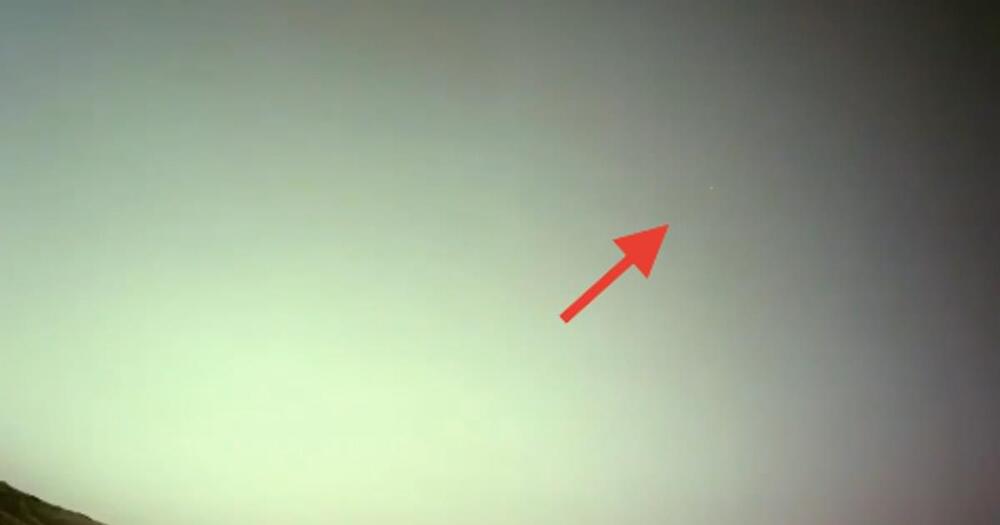
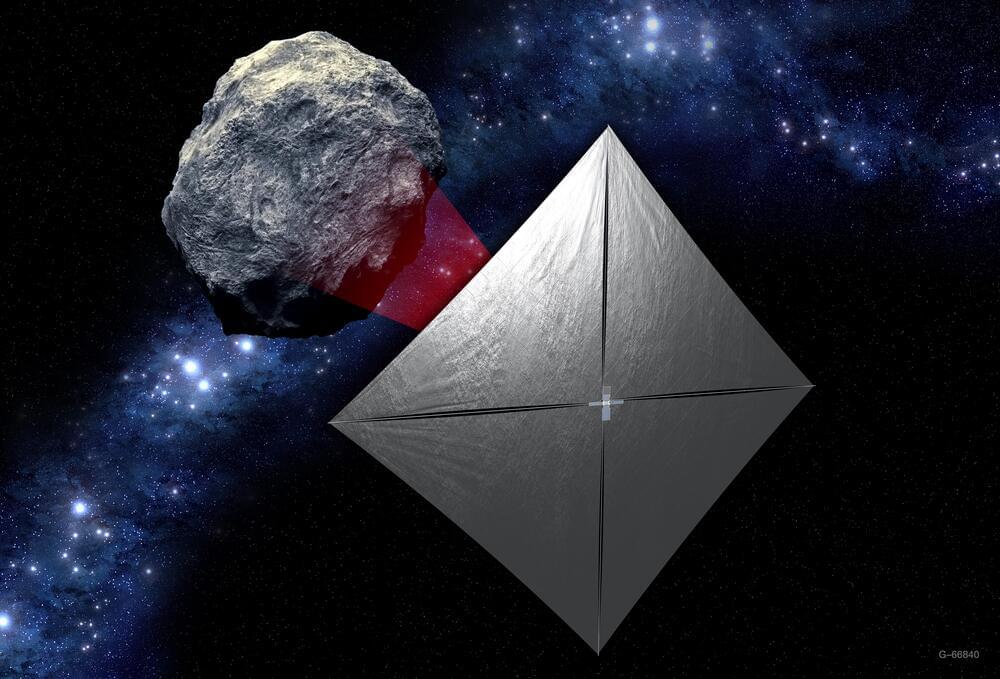
NASA’s Near-Earth Asteroid Scout is tucked away safely inside the agency’s powerful Space Launch System (SLS) rocket at NASA’s Kennedy Space Center in Florida. The solar sailing CubeSat is one of several secondary payloads hitching a ride on Artemis I, the first integrated flight of the agency’s SLS and the Orion spacecraft.
China says its spacecraft has more advanced technology.
While the future of the nearly 23-year-old International Space Station remains uncertain after 2,024 China says its newly equipped Tiangong station will be up and running by next year. WSJ unpacks the design and technology of both space stations. Photo: CCTV; NASA
More from the Wall Street Journal:
Visit WSJ.com: http://www.wsj.com.
Visit the WSJ Video Center: https://wsj.com/video.
On Facebook: https://www.facebook.com/pg/wsj/videos/
On Twitter: https://twitter.com/WSJ
On Snapchat: https://on.wsj.com/2ratjSM
#WSJ #China #NASA

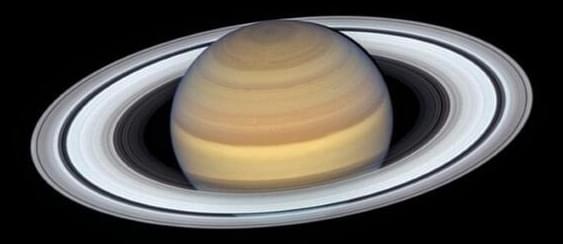
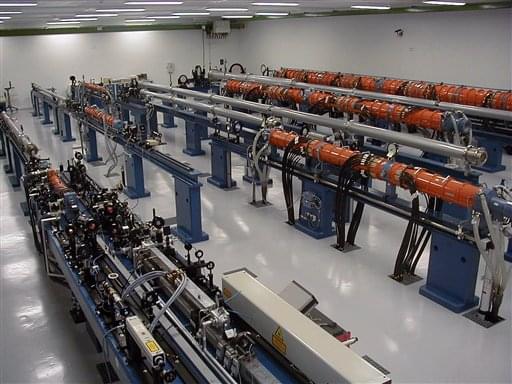
Circa 2014
Scientists in a lab used a powerful laser to re-create what might have been the original spark of life on Earth.
The researchers zapped clay and a chemical soup with the laser to simulate the energy of a speeding asteroid smashing into the planet. They ended up creating what can be considered crucial pieces of the building blocks of life.
The findings do not prove that this is how life started on Earth about 4 billion years ago, and some scientists were unimpressed with the results. But the experiment does bolster the long-held theory.
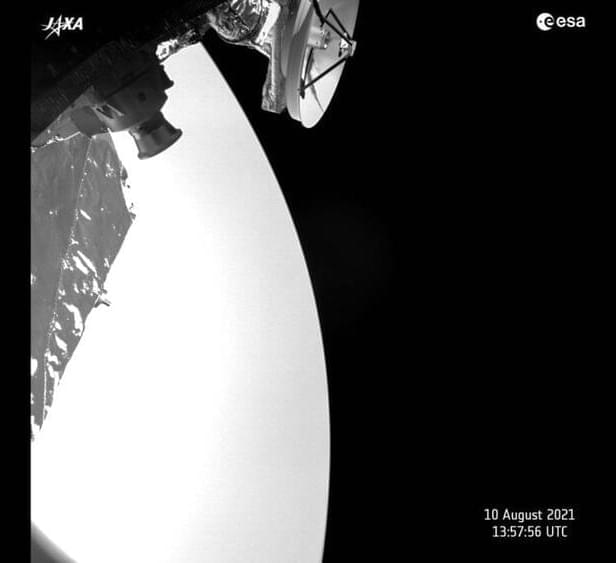
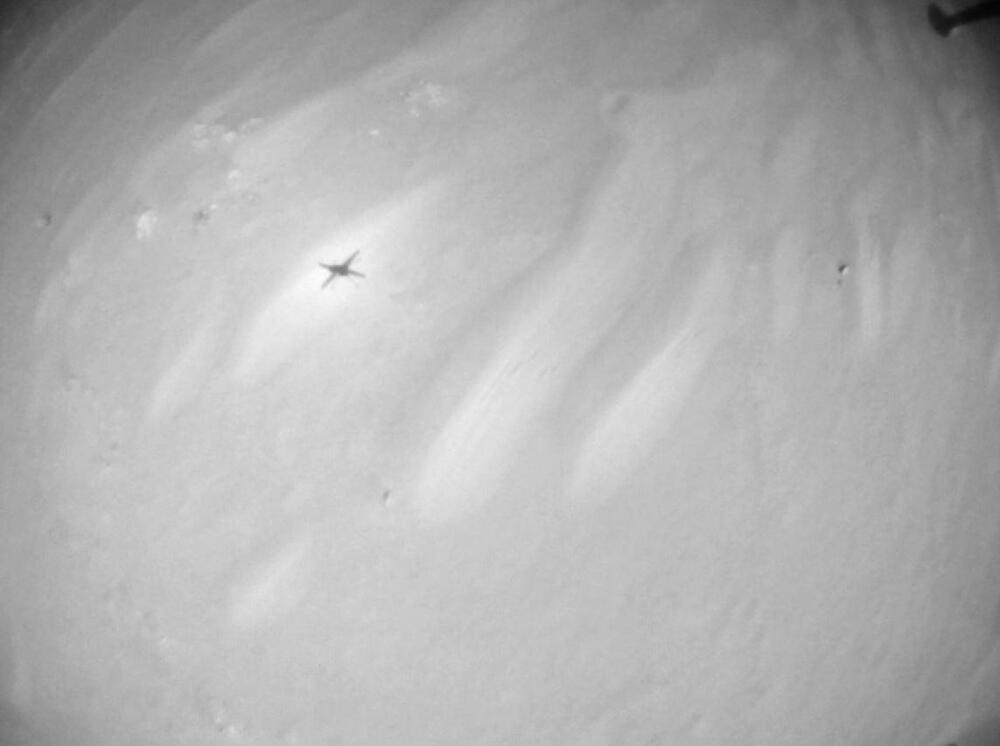
The Ingenuity helicopter on Mars has now completed its 12th flight, where it acted as a scout, looking ahead for dangerous terrain for it’s partner in crime, the Perseverance rover.
The 4-pound autonomous rotocraft climbed over almost 10 meters (33 ft) high, and traveled a total of 450 meters (1,476 ft) in 169 seconds. It flew over the over an area dubbed the ‘South Seitah’ region of Mars, where Perseverance will explore.
“A dozen for the books!” said JPL on Twitter. “The Mars helicopter’s latest flight took us to the geological wonder that is the ‘South Seitah’ region.”
Astronauts Nie Haisheng and Liu Boming performed a spacewalk outside the Tiangogng space station core module Tianhe on Aug. 20 2021. See the highlights here.
Credit: Space.com | footage courtesy: China Central Television | produced & edited by Steve Spaleta (http://www.twitter.com/stevespaleta)
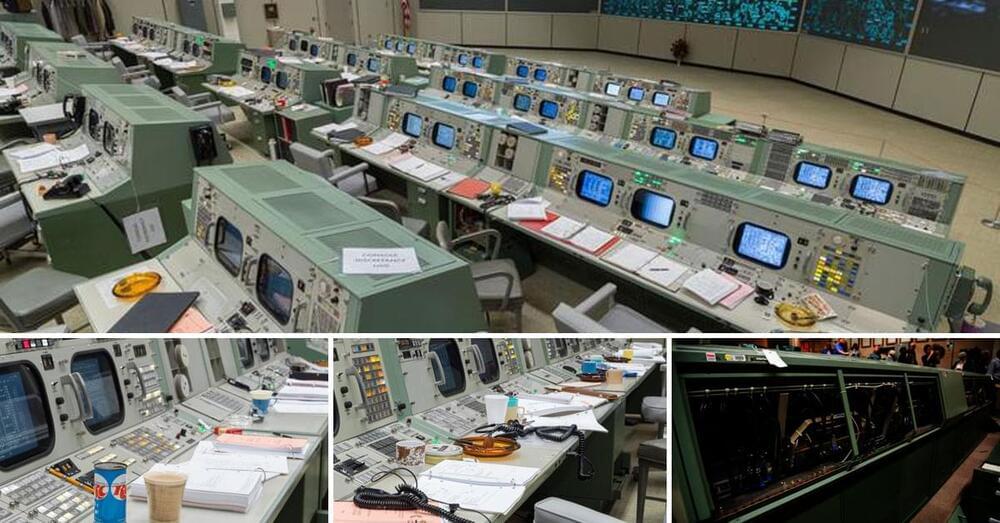
NASA reopened the Apollo mission control center after a complete restoration.
The goal was to transform the room back to its Apollo-era configuration.
From ashtrays to coffee mugs to clothing items…
The pencil sharpener is my favorite detail.